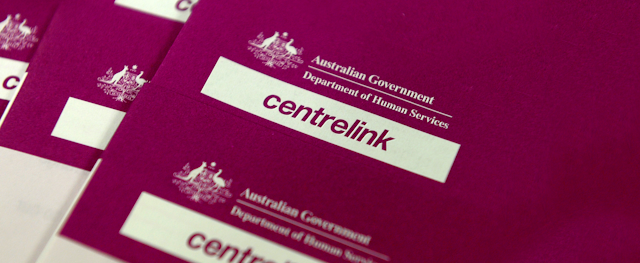This article is part of The Conversation’s series looking at Labor’s jobs summit. Read the other articles in the series here.
With historically low unemployment and “we’re hiring” signs all over the place, there’s an understandable push for more skilled migrants. There’s a session on it at the jobs summit on Friday morning.
But there’s a quicker fix: an untapped source of hundreds of thousands of skilled workers, who are already in the country, many of whom would like to work but would be penalised for it.
Age pensioners who earn more than a minimal amount from paid work (A$490 a fortnight for singles) lose 50 cents out of every extra dollar they earn in reduced pension payments.
It’s a powerful disincentive. $490 a fortnight is $245 per week: that’s about nine hours’ income for a worker on the minimum wage with a casual loading.
Read more: Forget more compulsory super: here are 5 ways to actually boost retirement incomes
Relaxing the income test – or at least the test on income from work – would have benefits beyond helping to meet our immediate need for skills and experience.
Longer term, it would reduce the need for bureaucrats to compile lists of skill shortages and attempt to pick migrants with the right skills to fill those gaps.
It would also ease the pressure that higher migration puts on the housing market, putting upward pressure on prices.
Given the jobs summit is looking for solutions with widespread support, unlocking retirees’ skills would be a good place to start.
Few pensioners work
The idea is backed by small and big business lobby groups, as well as National Seniors Australia and key federal independent MPs.
As of March 2021, about 2.5 million people were receiving the age pension. Only 92,000 – just 3.6% of them – declared earnings from employment.
There are three main ways we could make it easier for pensioners to work:
lift the income test threshold for how much can be earned from working
cut the income test when the threshold is reached
remove the income test entirely
The third option isn’t as radical as it seems. Several countries, including Britain and New Zealand, don’t apply an income test.
The simplest would be option 1, allowing age pensioners to earn (say) an additional $500 per fortnight, which would amount to $990 per fortnight, or $25,700 per annum.
Getting more into work needn’t cost much
Our calculations suggest giving age pensioners who are currently working these hours the full pension would cost less than $442 million per year.
This cost would amount to 0.8% of the $54,153 million budgeted to be paid as support to seniors in 2022/23.
If more pensioners worked more hours, the cost would climb to $1,664 million, which is 3.1% of this year’s budgeted support for seniors.
The benefits would be substantial.
Each one percentage point increase in workforce participation of those 65 years and older would boost the Australian labour force by around 43,000.
Hundreds of thousands more workers
As importantly, Australians aged 65 years and over are expected to be the fastest growing population group by 2030.
On current population projections, by then each one percentage point increase in labour force participation by this age group would amount to 54,000 people.
If the change boosted participation by several percentage points, it would produce hundreds of thousands more workers, all of them already locals and most already trained.
It looks to us to be an idea too good for the summit to pass up.
Read more: Is education or immigration the answer to our skills shortage? We asked 50 economists

